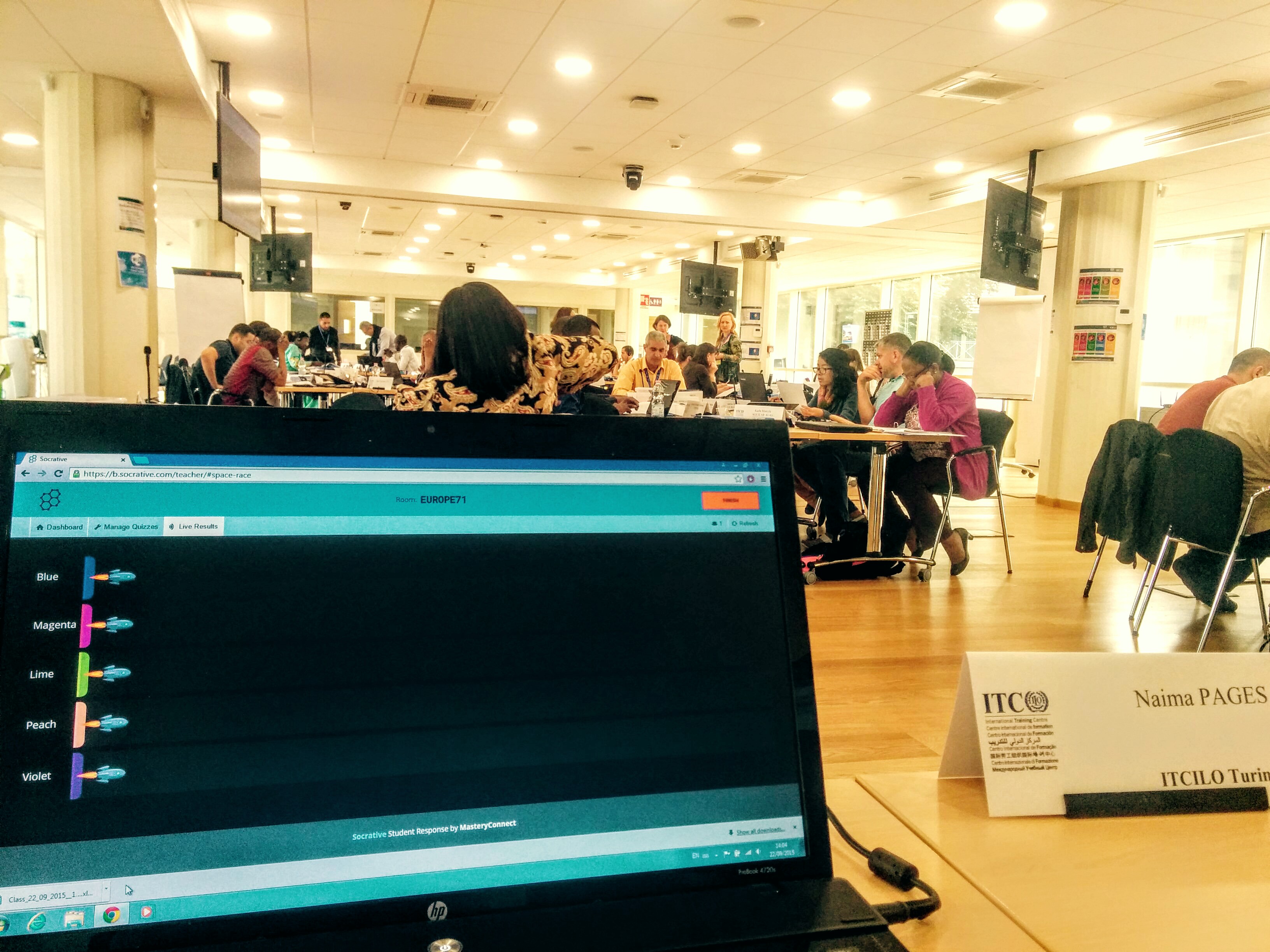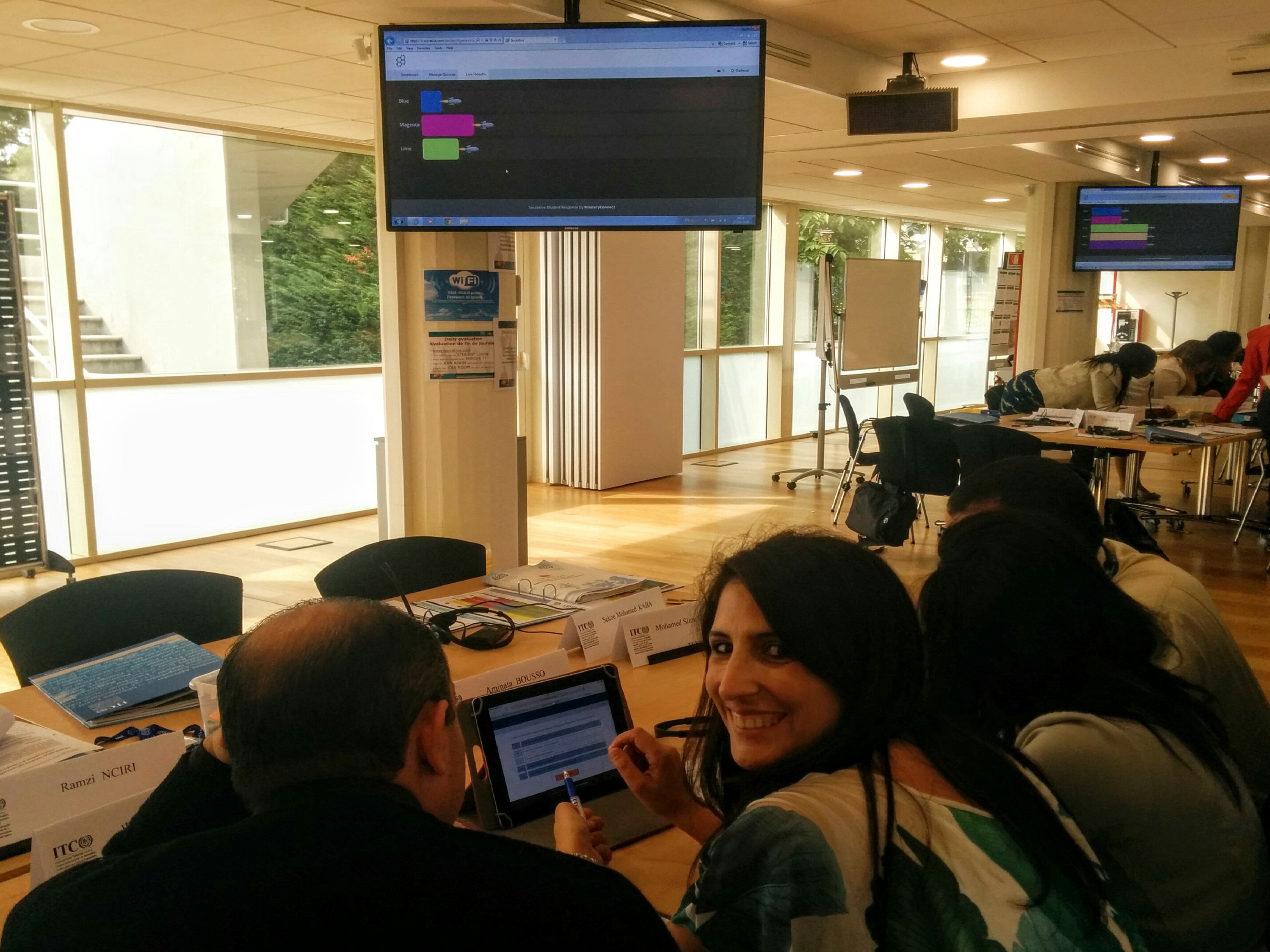Designing Open Education: how is your organization tackling the scalability challenge?
/Technological progress makes constant learning a must. In this respect, Massive Open Online Courses, or MOOCs, appear to be an ideal alternative to traditional formal education. MOOCs emerged from the open education resources movement and are since then considered helpful to improve access to quality education.
However, despite the advantages MOOCs have over a traditional education, there are several challenges remained to be solved:
1. The effectiveness of Open Online Education is frequently questioned because of the low completion rates. Hence, while an effective system to measure and validate learner progress is needed, we should find a better way to boost learner engagement.
2. MOOCs require instructional design that facilitates large-scale feedback and interaction. In fact, at the ITCILO, we have identified a quality mentorship as one of the main obstacles to the scalability of Open Online Education.
3. As the idea of Open Online Education builds upon information technologies, digital literacy could be a barrier to scalability. On the other side, educators also need skills to teach in an open and online environment, as well as the ability to develop and design online education [1]. Additionally, in terms of supporting mechanisms [2] within an institution, OOE demands organizational support on multiple levels to steer towards embedding of OOE [3].
Studies show that the institution’s level of scalability is determined in part by the relative presence of ten following factors [4] :
1. interaction,
2. learning levels,
3. student class standing,
4. faculty tenure or continuing status,
5. completion rates,
6. cohort versus non-cohort settings,
7. degree- versus non-degree-seeking programs,
8. market type,
9. tuition costs, and
10. Profitability.
Besides, at the ITCILO, we agree that the attempt to improve online courses is often hindered by pedagogical effectiveness, interactivity, audience, faculty incentives, retention, program type, and profitability [5]. In order to fully leverage the potential of Open Online Education, we need to address this scalability challenge. Therefore, the course Open Online Education (05 November- 02 December) is developed to explore how the internet and networking technologies have enabled new learning models mediated by digital resources.
By the end of the course, participants will be able to:
• Define why Open Education is relevant;
• Identify the different options for development and implementation of Open Education;
• Understand evaluation approaches for Open Online Education;
• Identify challenges and define solutions for scalability.
More information about the course: https://www.itcilo.org/en/areas-of-expertise/learning-methodologies-and-technologies/open-online-education-new
Contacts:
Alessia Messuti (a.messuti@itcilo.org)
Mirella Scabini (m.scabini@itcilo.org)
***
[1] Challenges and opportunities of open online education: a group concept mapping study. Retrieved from http://www.sooner.nu/challenges-opportunities-open-online-education-group-concept-mapping-study/
[2] Schophuizen et al. 2018. Eliciting the challenges and opportunities organizations face when delivering open online education: A group-concept mapping study. The Internet and Higher Education. Retrieved from https://doi.org/10.1016/j.iheduc.2017.08.002
[3] Idem.
[4] Ten Scalability Factors in Distance Education. Retrieved from http://what-when-how.com/distance-learning/ten-scalability-factors-in-distance-education/











